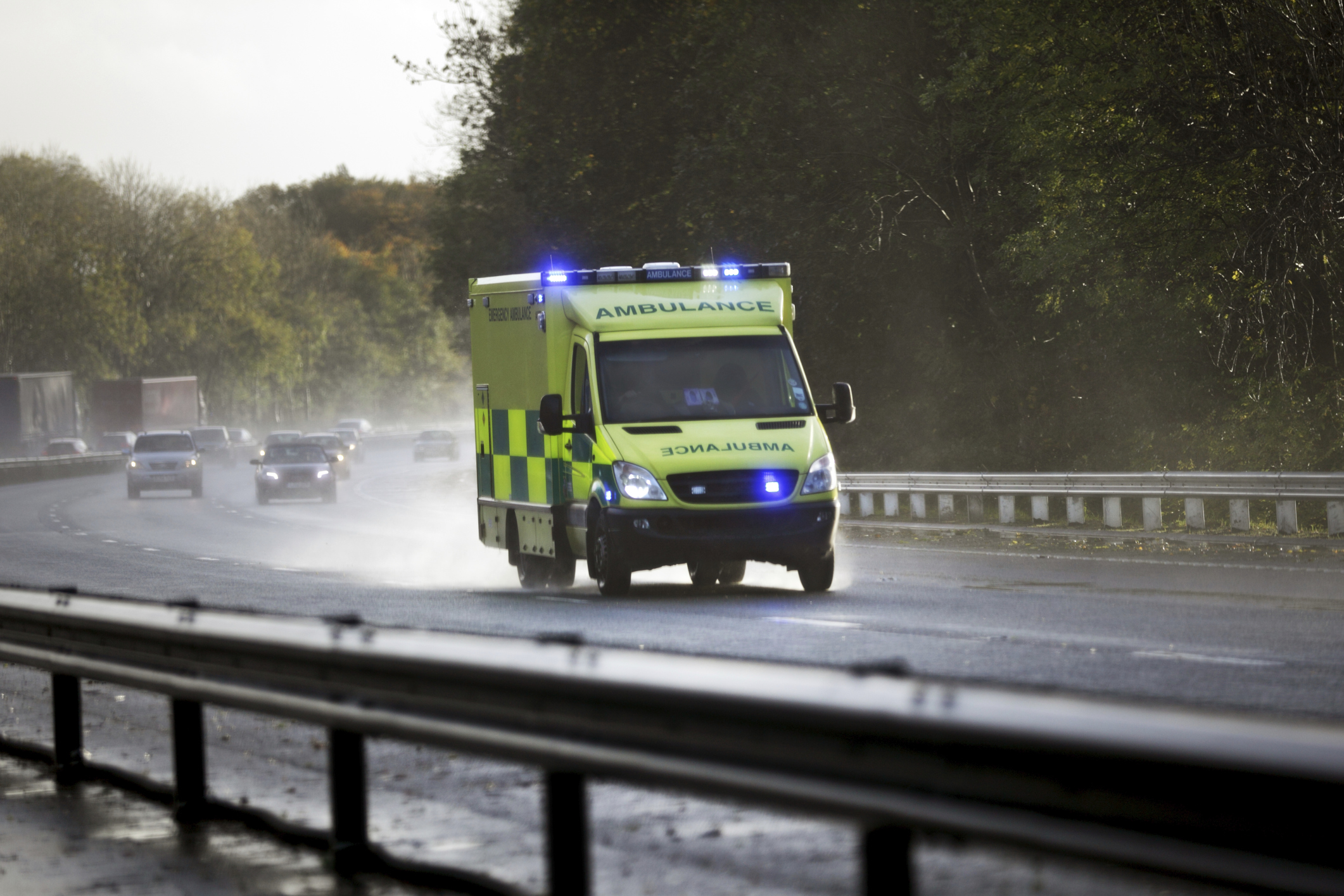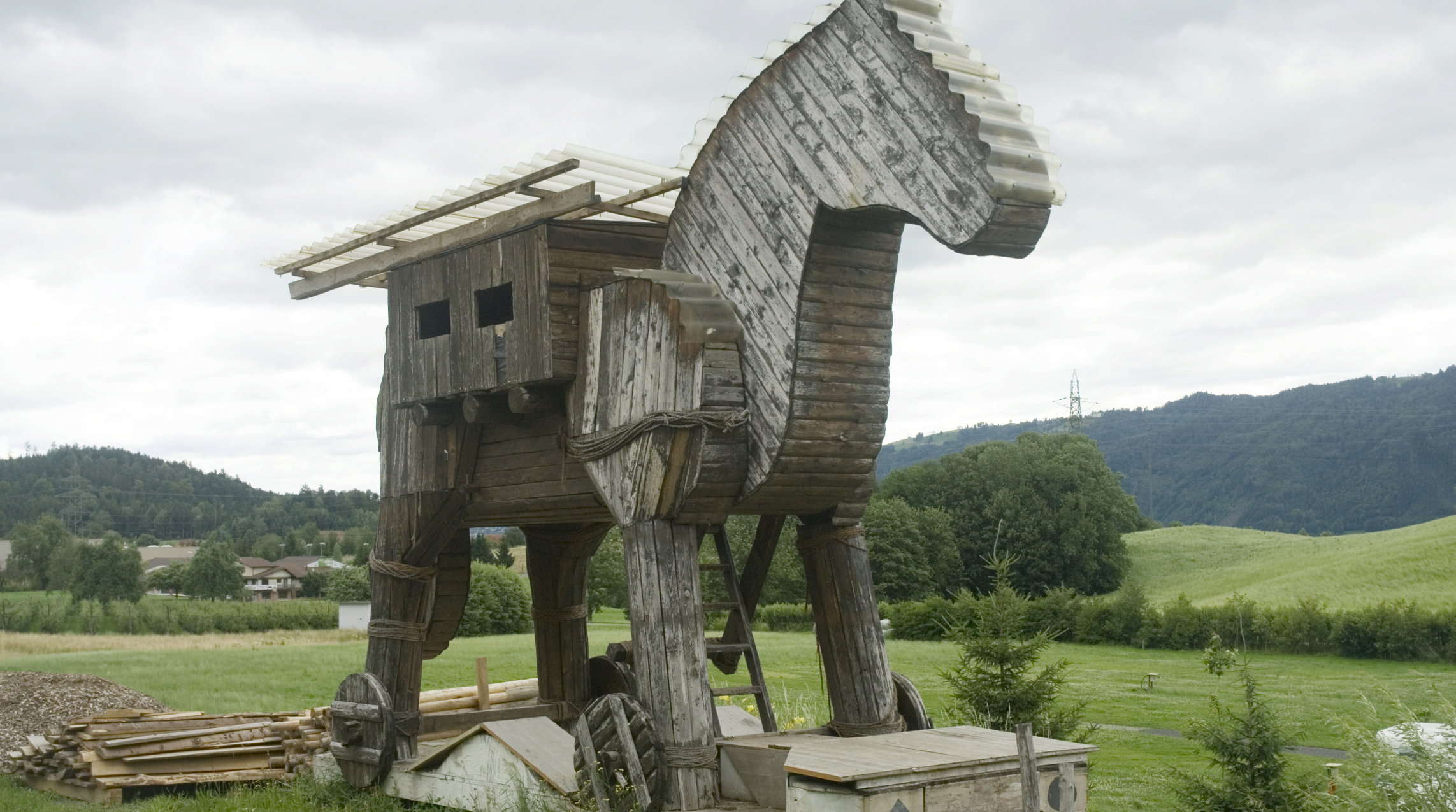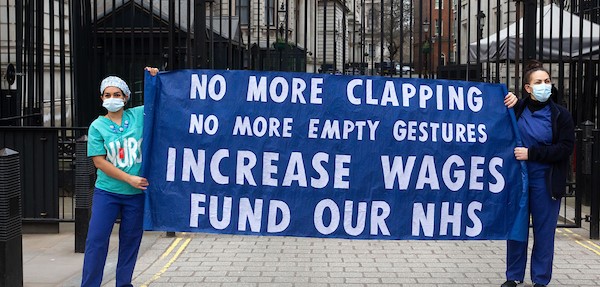â€Catalogue of pain’
Overstretched ambulance crews are arriving late to pick up more than a third of critical emergency victims, while the number of ambulances waiting outside casualty departments for at least an hour has doubled in two years, shocking new figures show.
In the 12 months to August, ambulance crews responded to 3.18m category-A calls, according to analysis of NHS England statistics. However they missed the eight minute arrival target for 1.1m – around 35 per cent – of the emergencies, which included 999 calls for heart attack, stroke and road traffic accident victims.
The numbers are the worst on record, with Unite saying they highlight systemic failings that are pushing ambulance staff and paramedics to the “limits of their endurance.”
Separate data, obtained by the Labour Party, also revealed that the problem is compounded by ambulances being put out of action because they are waiting for busy A&E staff to relieve them of their patients.
In 2015/16 almost 76,000 ambulances waited for an hour outside hospitals, compared to 28,000 in 2013-14. Half hour waits over the same period increased by 60 percent, from 258,000 to 413,000.
Ambulances should hand patients over to staff within 15 minutes, however NHS bosses said “increased demand” was making that difficult.
Shadow health secretary Jon Ashworth, said the statistics illustrated the “scale of the crisis” within the NHS and accused the government of failing “to grasp what is happening in our overstretched hospitals.”
Unite national officer for health Sarah Carpenter said, “Responsibility for this truly appalling set of figures, which reveal a catalogue of pain and suffering for patients, lies firmly at the door of health secretary Jeremy Hunt who is in denial about the scale of the funding crisis facing the ambulance service.
“Hardworking and dedicated ambulance staff and paramedics are being pushed to their limit of endurance – and beyond.
“This crisis can be solved by a massive injection of new money into the ambulance service and a big recruitment drive for trained paramedics.”
 Like
Like Follow
Follow


